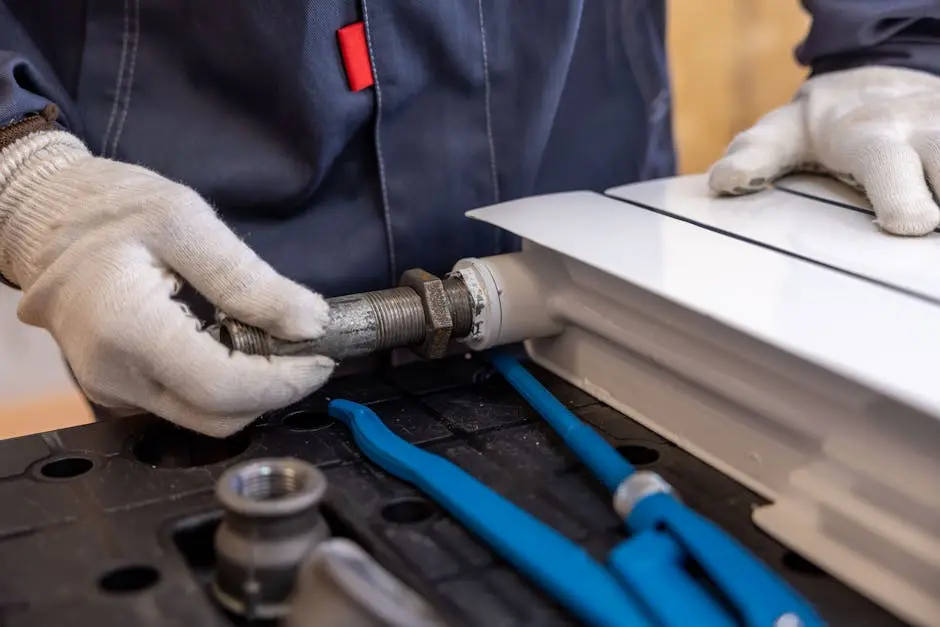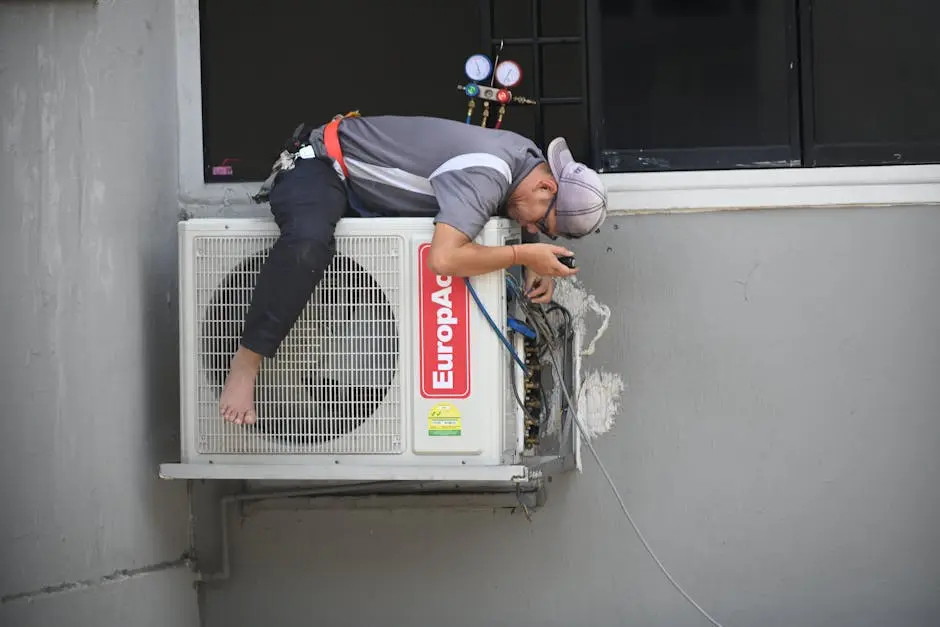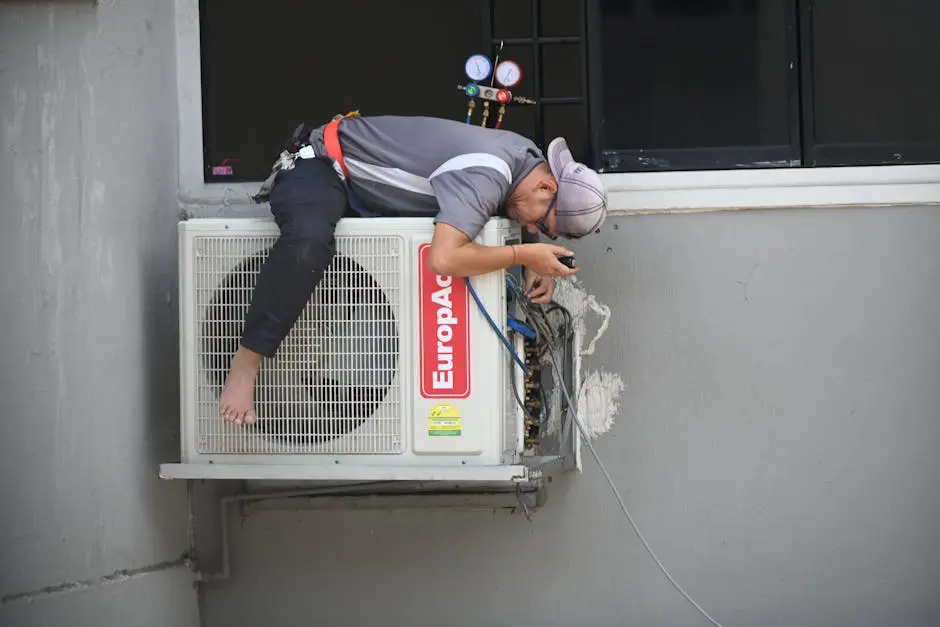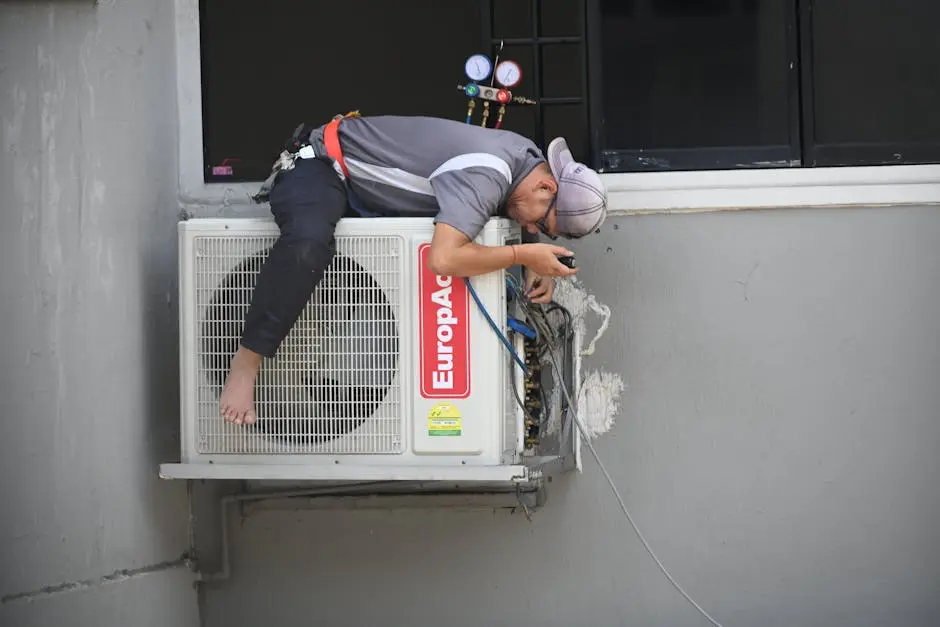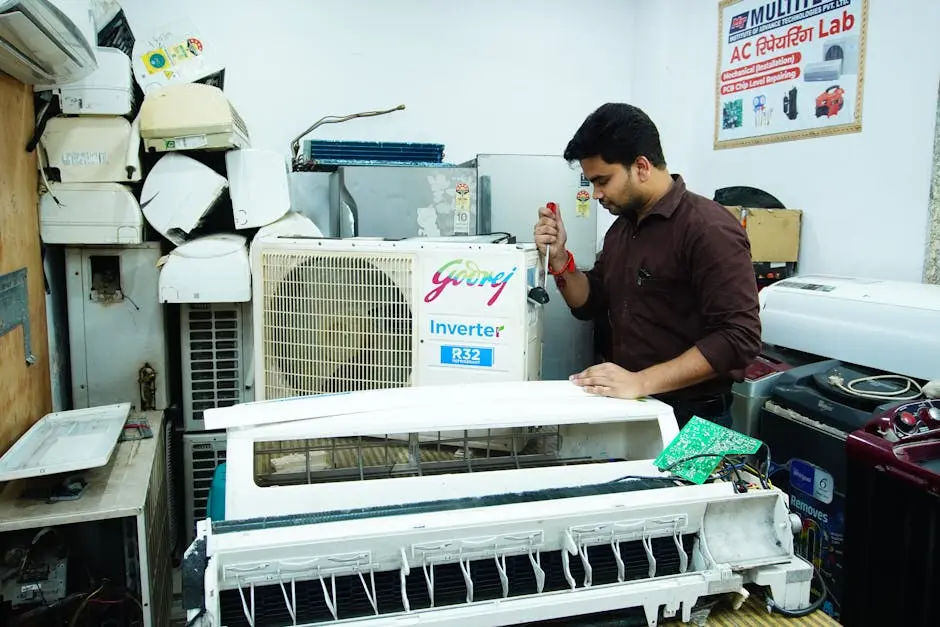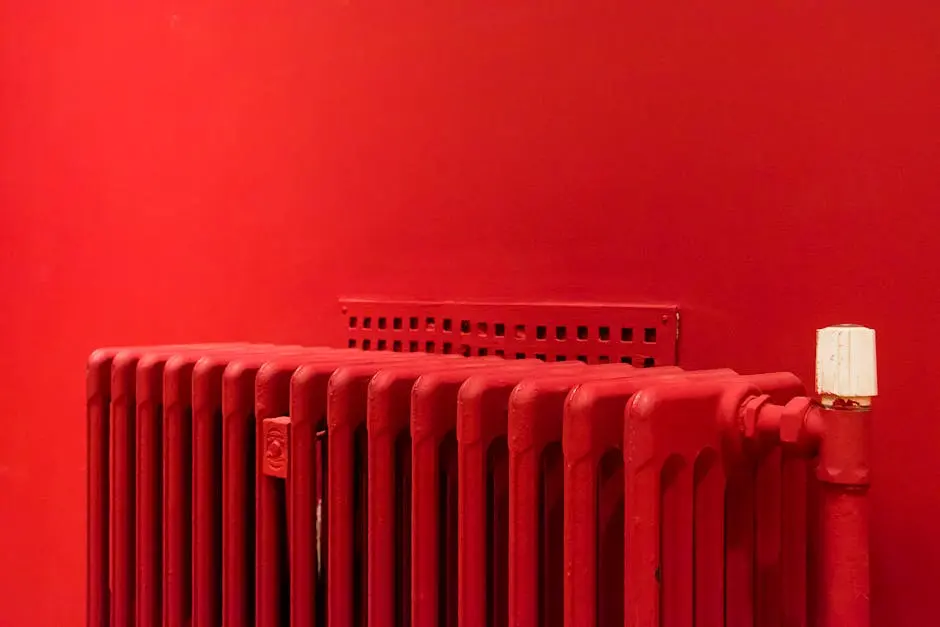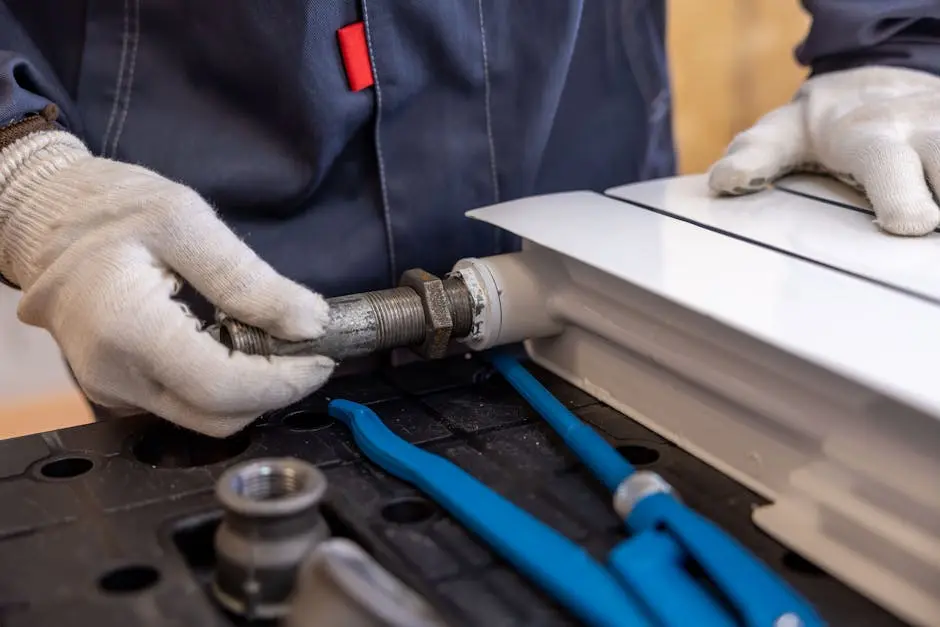As temperatures drop in Columbus, you rely more on your heating system to keep your home warm and comfortable. But what happens when your heater is struggling to do its job? Recognizing the signs that you need heating repair can save you from a chilly home and costly repairs down the line. Here are ten key indicators that your heating system might need professional attention.
1. Unexpected Increases in Energy Bills
If you’ve noticed a sudden spike in your energy bills without a corresponding increase in usage, your heating system may be working overtime due to inefficiencies that need addressing. This is not just a frustrating surprise; it can also indicate potential issues within your system. A common culprit may be a dirty filter, which can impede airflow and force your heater to work harder than necessary. It’s smart to keep an eye on your bills and act quickly if something seems amiss.
Another factor to consider is the age of your heating unit. Older models tend to lose efficiency over time, which can lead to increased energy costs. If your system is approaching its retirement age—typically around 15 to 20 years—you might see these escalations without a clear reason. Regular maintenance checks or a consultation with a heating professional can help you parse these issues before they escalate into something more costly.
2. Inconsistent Heating
Are some rooms warmer than others? Uneven heating could indicate that there’s a problem with your heating system that requires repair. If the livable space in your home feels like a patchwork quilt of temperatures, it could point to ductwork issues or a failing heating unit. It’s important not only for comfort but also for energy efficiency to ensure even heating throughout your home.
For example, if you find that your bedroom is frigid while the living room is toasty warm, that discrepancy may stem from blocked vents or a malfunctioning thermostat. Addressing these inconsistencies can lead to a more comfortable environment and may alleviate some of that unexpected spike in your energy bills as well! Getting to the root of the problem with an assessment from a heating repair technician is the best first step.
3. Strange Noises from Your Heater
If you hear banging, clanking, or other unusual noises when your heater is running, it could be a sign of a mechanical issue that needs prompt attention. Trust your ears; they often pick up on problems before they escalate into serious repairs. Strange noises might indicate everything from loose parts to old bearings that have worn out, or even a buildup of debris within the furnace.
For instance, a loud banging noise could mean that the ductwork is expanding and contracting, which is common in older systems. On the other hand, high-pitched squeaks or grinding noises might suggest the motor is failing. Don’t hesitate to reach out to a heating repair professional if your heater sounds like it’s in distress—early detection can prevent larger issues and expensive repairs.
4. Short Cycling of the Heating System
When your heater turns on and off frequently, it might not be operating efficiently, which can be a sign of a malfunctioning thermostat or other issues. This behavior, known as short cycling, not only contributes to uneven heating but can also place undue stress on your heating system, possibly leading to a shorter lifespan.
In many cases, this problem can stem from an improperly calibrated thermostat or from a filter that’s become clogged and is restricting airflow. If you suspect short cycling, it’s wise to examine your system closely. A professional can easily troubleshoot this issue, ensuring your heating system performs optimally and effectively.
5. Foul Odors Coming from Vents
Unpleasant smells can indicate the presence of dust or mold, but they can also be a warning that your heating system is overheating or burning out. If you encounter acrid or burning smells, it’s critical to shut off your system immediately and call for professional assistance. These odors could signal a serious malfunction that, if left unchecked, could pose fire hazards or lead to additional damage.
It’s also worth noting that regular maintenance can help mitigate unpleasant odors. If your heating system hasn’t been serviced in a while, dust and debris may have accumulated, leading to unpleasant odors when the system kicks on. Scheduling periodic inspections can ensure that your heater runs smoothly and cleanly, giving you peace of mind when you crank up the heat during those bitterly cold Columbus winters!
6. Visible Dust and Dust Buildup
If you notice excessive dust accumulating in your home, it could mean your heating system is not filtering the air correctly, which may require repairs or cleaning. Poor air quality can exacerbate allergies and health issues, making it essential to ensure your heating system is in good working order.
Dust buildup not only affects your health but also indicates that your heating system is struggling to circulate air properly. An inefficient heating system can lead to more expensive energy bills, as it will have to work harder to distribute heat effectively throughout your home. To remedy this situation, replacing or cleaning filters regularly can be a simple, effective step. Moreover, addressing any issues quickly can make a significant difference in the air quality and overall efficiency of your heating unit.
7. Cold Air from Vents
If your heating vents are blowing cold air instead of warm, it’s a clear sign that there is a problem that needs expert evaluation. This issue can be particularly frustrating, especially on a cold winter day. Cold air blowing from your vents can indicate that the heating system is not functioning properly, which could range from a malfunctioning thermostat to significant issues with the heating unit itself.
A technician will be able to diagnose whether the issue lies with the heater, the ducts, or the controls. Regardless of the source, don’t delay in getting this evaluated to restore comfort to your home. Small problems can quickly escalate into large, expensive repairs, especially during peak heating periods when heating systems are under most stress.
8. Thermostat Issues
If your thermostat isn’t working properly or if it seems to lose connection with the heating system, it can lead to inconsistent heating, requiring professional repair. A malfunctioning thermostat can lead to either overheating or insufficient heating, both of which can make your home uncomfortable and increase energy bills. Therefore, it’s vital to check the functionality of your thermostat periodically.
Additionally, if your thermostat is old or outdated, considering an upgrade to a programmable model can be beneficial. Not only can this improve the efficiency of your heating system, but it can also give you greater control over your home’s temperature, which is especially useful during the cold months. Consulting with a heating repair professional can help determine if your thermostat needs repair, update, or even replacement.
9. Age of the Heating System
If your heating system is over ten years old, it may be approaching the end of its lifespan. Regular repairs might not be cost-effective anymore. At this stage, it’s crucial to consider a budget for either ongoing repairs or investing in a newer, more energy-efficient heating system that can save you money in the long run.
Newer models also tend to come with improved technology and features that not only enhance comfort but can also lower your energy consumption. If you’ve noticed inefficiencies and you’re frequently calling for repairs, it’s time to evaluate whether putting money into a new unit might be the smarter choice for your home.
10. Frequent Repairs
If you find yourself calling for repairs frequently, it may be time to evaluate if continuing to repair is worth it or if a replacement is necessary. Constantly pouring money into fixes can quickly become a financial burden, and there’s a point when investing in a brand-new heating system makes more sense.
A heating repair technician can provide an assessment of the condition of your system and help you weigh the options between repairs and replacement. Consider your budget, comfort needs, and long-term plans—these factors will play significant roles in making the best decision for your home. Tackling these questions now can prevent more significant headaches down the road, ensuring that your home remains a peaceful haven during the frigid Columbus winters.


